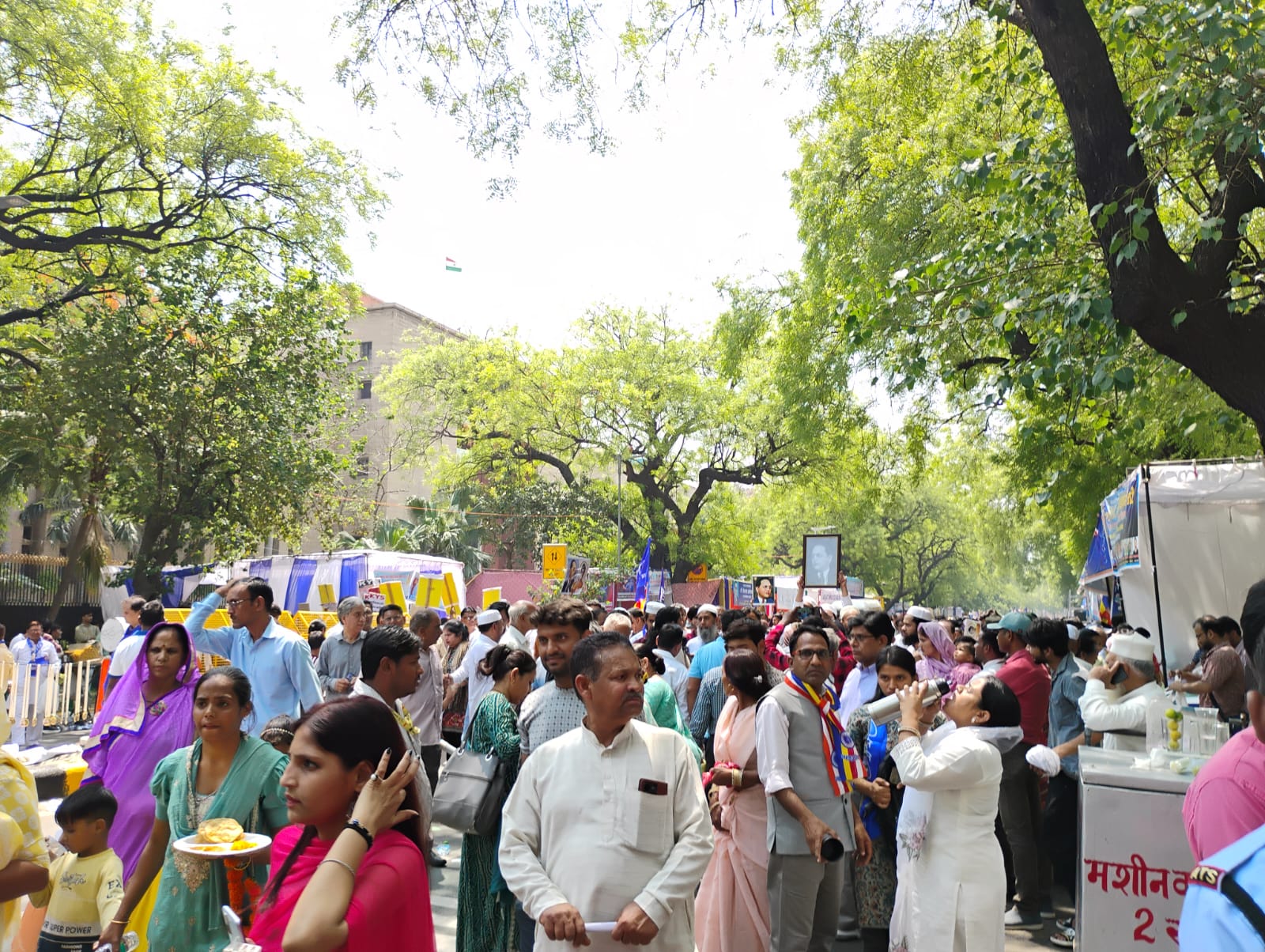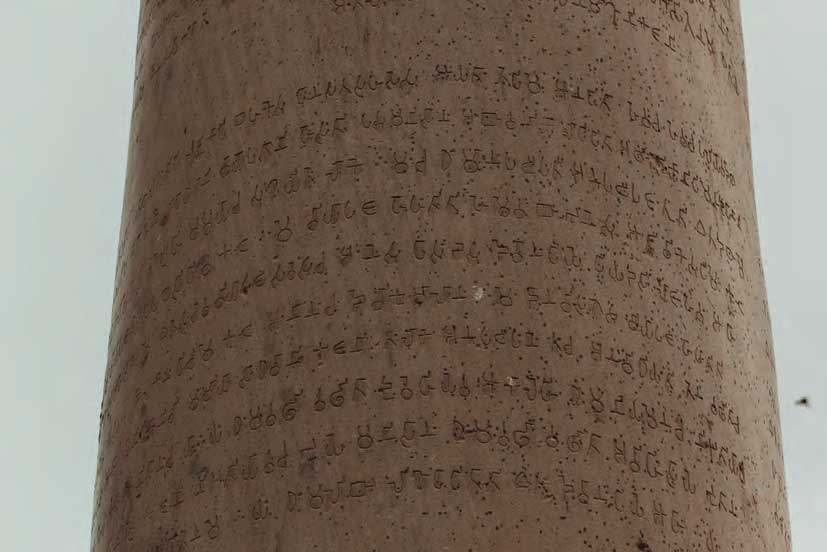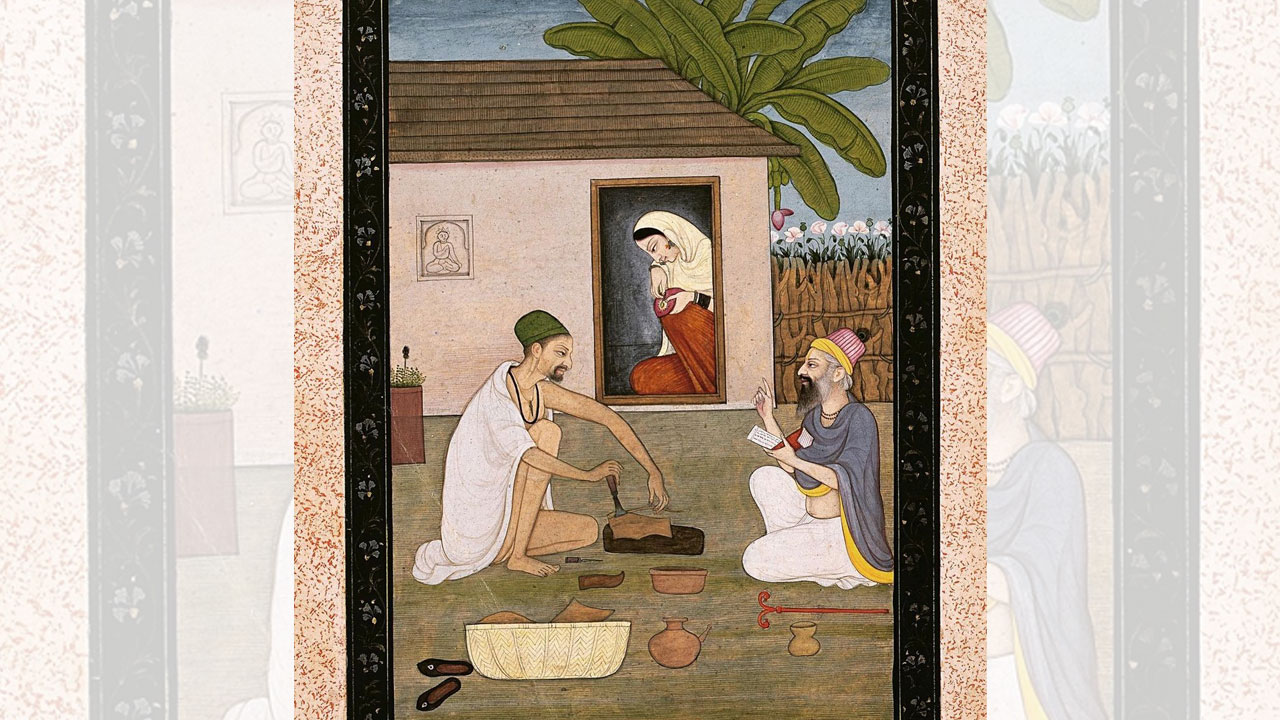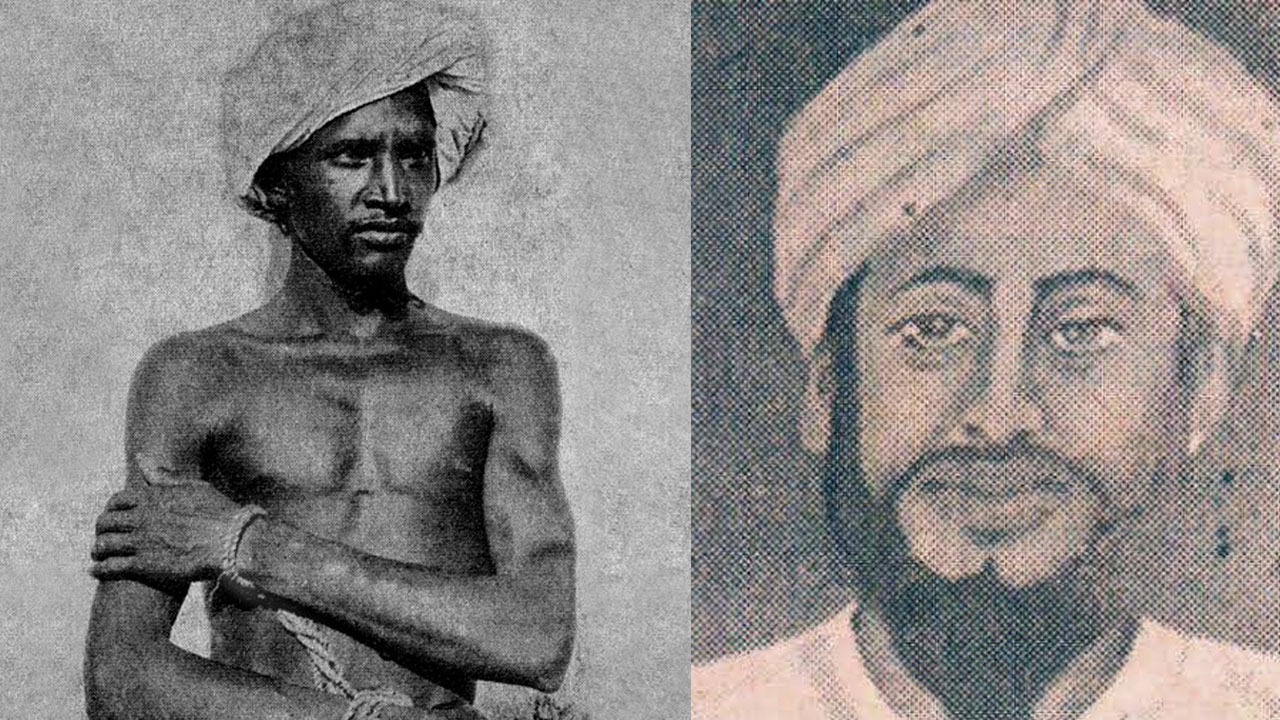In India, there are two kinds of castes – those which labour, and those which live off the labour of others. OBC literature is the literature of the toiling castes. That is why, it is also known as ‘Sraman literature’. The working castes produce while the castes which live off the work of others, simply usurp the production. OBC literature is the literature of those who earn, who produce; hence it is also known as ‘Arjak literature’. In short, OBC literature is the literature of the working and the producer classes, which gives expression to their hopes, their aspirations, their joys and their sorrows. It underlines the value of labour of the toiling masses. Besides various bhavas and rasas, OBC literature also comprises description of agriculture, animal husbandry and of the daily life of artisans of various kinds. In other words, OBC literature documents the various dimensions and facets of the life and culture of the working castes, including their means of livelihood, their struggles of daily existence, their food, customs, dress, religious beliefs, social structure, festivals, arts and their world view. It also talks about their occupations, what aids them in their work, what creates hurdles for them, the various stratagem used for exploiting them and the factors responsible for their exploitation. The different principles and ideologies guiding them how to free themselves from their exploitation are also included in the OBC literature.
OBC literature and discourse on farmers
Discourse on farmers is an integral part of OBC literature, the reason being that agriculture is the main occupation of the people of the backward classes. The majority of the working castes of India are farmers. But unlike Dalit and women’s discourse, there is no tradition of discourse on farmers in Hindi literature. In Hindi, Premchand accepted this constructive challenge and gave a very realistic and minute description of the life of the farmers in his writings. His novel Godan (1936) is considered an ‘epic on agricultural culture’. Bhairav Prasad Gupta was the second important novelist after Premchand, in so far as depicting the life of the peasant community is concerned. His novel Ganga Maiya (1952) deserves a special mention in this context. Matroo of Ganga Maiya is a more evolved version of the Hori of Godan and he launches a collective resistance against the landlords. Novelists like Phanishwarnath Renu and Madhukar Singh too presented the daily life, traditions and culture of the farming community in their own respective styles.

Most of the Hindi authors have dealt very cursorily with the life of the farmers. Hindi literature has ample references to eye-catching paddy fields and to standing wheat plants swaying in the wind. There are detailed descriptions of blue linseed and yellow mustard flowers covering the earth up to where the eyes can see and of pea and gram plants blooming in the fields. But there is no detailed discourse on farmers. The poems of the Ritikaal are full of descriptions of flowers of various kinds. The flowers of ‘Harsingar’ and ‘Rajnigandha’, the sweet-smelling ‘Kewada’ and ‘Bela’, the flower-beds full of ‘Champa-Chameli’ and ‘Genda’ – only the gardener who grew these flowers is missing. Anuplal Mandal, for the first time, afforded some importance to the revolutionary Nakshatra Malakaar (a character in Phanishwarnath Renu’s Maila Aaanchal). Anuplal Mandal came from the backward Kaivart caste. Phanishwarnath Renu was a Dhanuk and Madukar Singh is a Koiree. These OBC novelists captured the misery, struggle, values and interests of the working classes in graphic detail. Arjun Mahto, a Koiree, is the hero and the central character of Madhukar Singh’s novel Arjun Zinda Hai. Arjun is an alias of Master Jagdish Mahto, whose life is consumed by the struggle against the exploitation of agricultural labourers. Similarly, in Madhukar Singh’s second novel Manbodh Babu (1978), the key character Manbodh Babu dedicates his life for the Kurmichak (the habitation of the backward classes).
The Bihar Rashtrabhasha Parishad has published a Krishi Kosh (agricultural dictionary) in two volumes, which contains thousands of words that don’t figure in the standard Hindi dictionaries. Every word in this kosh is entwined with the farm culture. It is impossible to portray the condition of the farmers, their mental state, their pain and their back-breaking labour, ignoring such regional expressions. Only one who has led his life amidst the idioms of peasantry can portray the real life of the farmers.
In Hindi literature, peasant is presented in various shades of grey, black and beige – just like the colours of clouds. Farmer is like a castrated ox, which threshes the grain with its ironshod hooves but is unable to eat anything because its mouth is covered by a net. In the words of poet Sudama Pandey ‘Dhumil’, the farmer is like the sheep which carry wool for others on their backs. The OBC literature aims at exposing those who do not grow wool but only wear it.
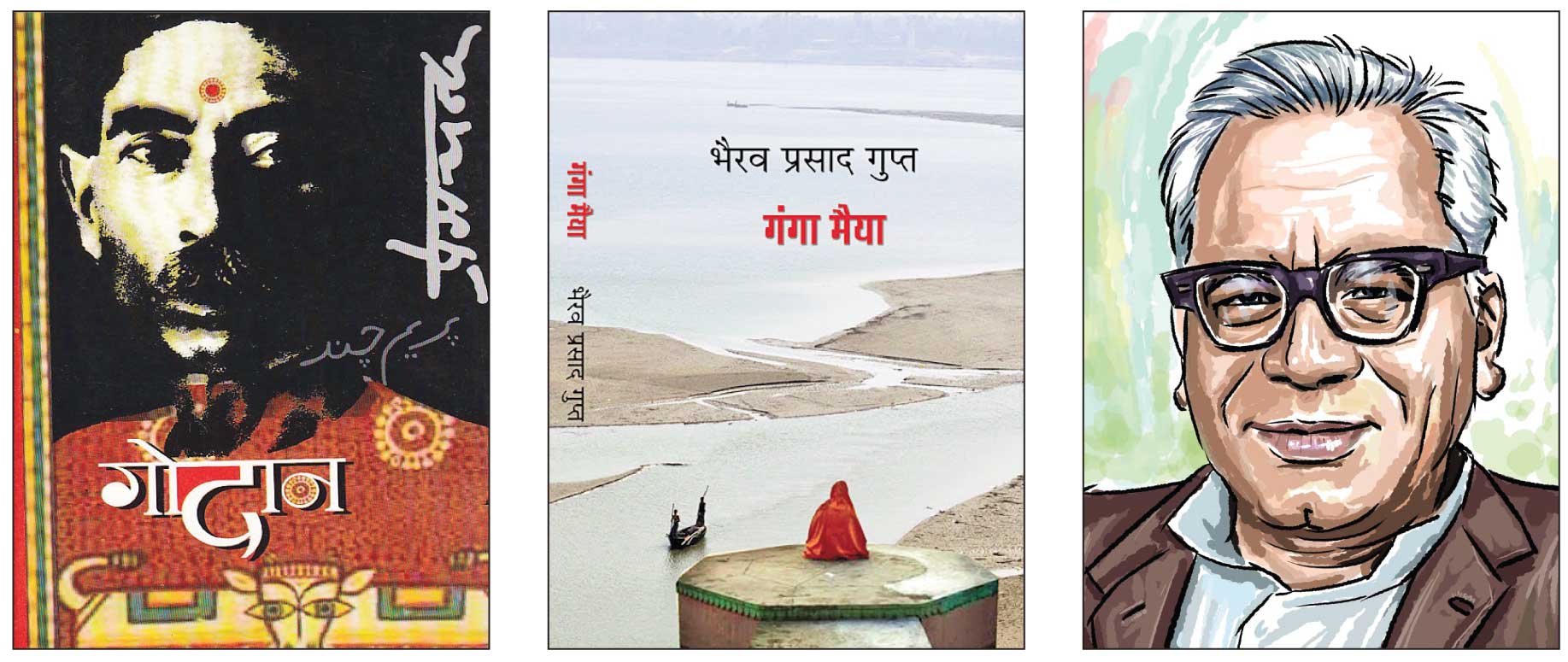
OBC literature and other labouring classes
As the billowing, undulating ashad-saavan clouds arrive, in the midst of peasants’ spades and hoes; in the cool, white light of katik-agahan when the harvest in on; as the lazy breezes of phagun-chait blow, in the burnt offerings of wheat and peapods; in the tailor’s needle and thread; in the barber’s razor; in the heavy hammer of the ironsmith; in the chisels of the sculptor; in the burden of the soil digger’s sack; in the nets of fishermen on the river banks, various appearances, hues and distinct forms of OBC literature are seen. OBC literature lives in the vegetable fields of the Koeries. It places its pillow of young gourds and sleeps on the ridges of potatoes. It spreads the bed sheet of coriander. It covers itself with bottle gourd creeper.
A cauliflower is its white teeth. It uses a brinjal’s stalk to wash its face. OBC literature is found in the cauldron of the Kanus. It sleeps in the fiery ovens. It wraps itself in earthen tiles. The burning desert sand is the lacework on its costume. OBC literature is found in the sugarcane press. In the iron chain of the ironsmith. In the cattle pen of the milkmen. Sometimes, it inhabits the bamboo baskets of the Turhas and sometimes in the bangle-filled basket of the Churhihars. At times we see it living in the heirlooms of the weavers and other times it is on the ghats of the Ghatwars. Like many colours of the dyers, OBC literature has many hues. In this instance it carries a palanquins like a Kahar and, in that, it draws water like a Kamkar. Many postures it has – one is kevatt, the other is mallah, yet another dhimar and then a kevat. In Uday Shankar Bhatt’s novel Sagar, Lehrein aur Manushya (1946) we have the portrayal of fisherman living in village Barsona on the western coast of Bombay. OBC literature is a composite of all hues and postures.
Black-brown clay pottery is used to assess the age of civilisations that thrived thousands of years back. Who was the creator of clay pottery? The potter. OBC literature gives an account of the life of the potters. Torch was invented. It was lighted by the oil provided by the Telis. The human civilisation took the leap from darkness into light. OBC literature is the battle to leave darkness behind and emerge into light. The ironsmith made the axe; the carpenter fitted it with a handle. The axe was used to clear jungles and make way for agricultural land. This land was ploughed using ploughshare and hoe. Grain was produced. Till now, no alternative to wheat or rice has been invented. The battle of the farmers, carpenters and ironsmiths is the battle of the OBC literature. Food, cloth and house are the basic necessities of life. The farmer provides food, the weavers produce clothes and the Nonia caste makes brick, from which the houses are build. It is these castes which have made man civilised. OBC literature is the stage where the human civilisation has reached riding on the bullock cart (made by ironsmiths and carpenters)
OBC literature: Extent and experimentation
OBC literature has a host of material on farmers, their fields, the animals they rear, their lifestyle, the places where they live, the illnesses which afflict them and their granaries. It has songs of many labouring castes. It has material on the types and components of the equipment used by oilman, potters, ironsmiths, weavers and carders; the way they work, their activities and their postures. The OBC literature knows how plantation is done, it knows how huts are made, it even knows about the household arts of the labouring castes. It talks of Mallahs-Kewats, who explore the depths of seas and rivers and of Baris, who make ‘Pattal-dona’. Phanishwarnath Renu has used many songs of the toiling classes in his fictional writings. There are also some Hindi story writers who are influenced by the Mandal commission. The influence of Mandalvaad is very apparent on many stories of Ramdhari Singh Diwakar’s collection of stories Maati Paani (1999). His story ‘Jah jot baray din raati’ is pure ‘Mandalvaadi’. Biographies of OBC heroes like Mahatma Phule, Ram Manohar Lohia and Jagdev Prasad have been written in Hindi. Prem Kumar Mani has written a biography of Mahatma Phule, Mastram Kapoor has chronicled the life of Ram Manohar Lohia. This writer has edited a volume on the life and works of Jagdev Prasad.
Bhikhari Thakur’s poetic composition ‘Nayee Bahar’ gives a heart-rending description of the pain of the barber community. Many literary pieces have been written on Bhikhari Thakur also. In Sanjeev’s novel Sutradhar, Bhikhari Thakur comes alive in his entirety. Kabir is an important OBC hero. Bhishma Sahni’s play Kabira Khada Bazaar Mein underlines the revolutionary personality of Kabir. Many novels of Rahi Masoom Raza have a powerful description of the dark recesses of the habitations of Muslim OBC castes like Julaha, Kunjra and Kasai. Needless to say, the canvas of OBC literature is wide and a lot of it is being written in the modern Hindi literature.
Published in the August 2013 issue of the Forward Press magazine


